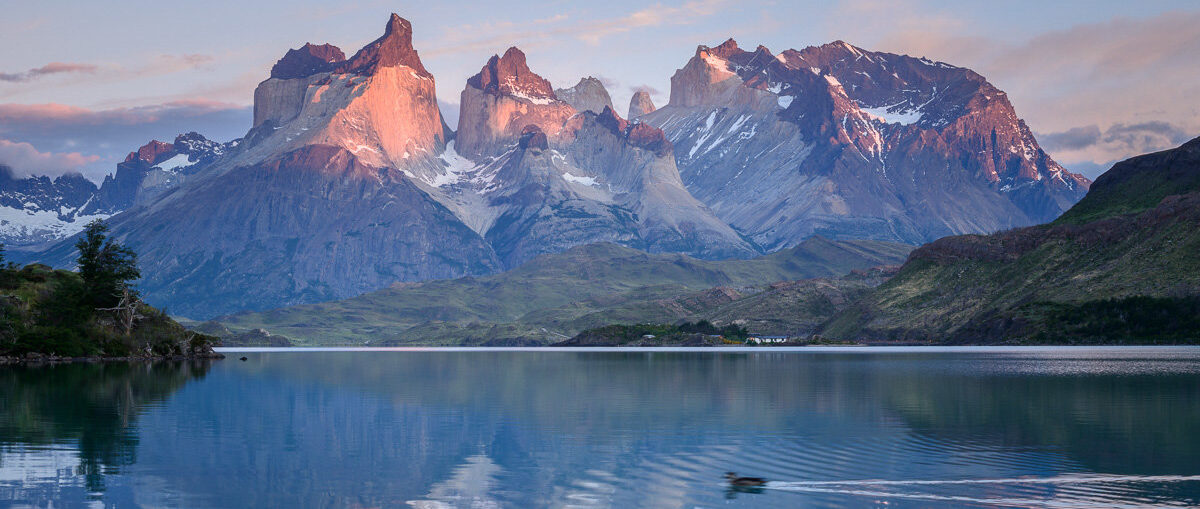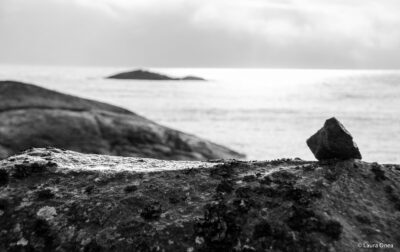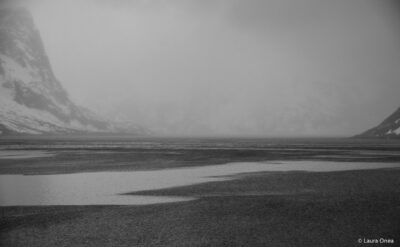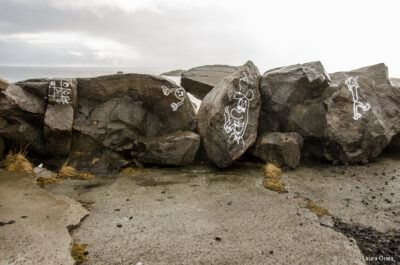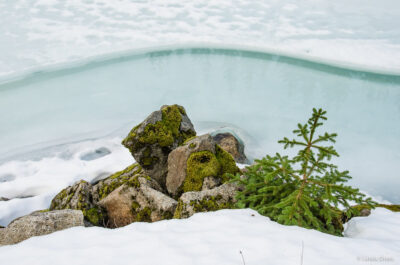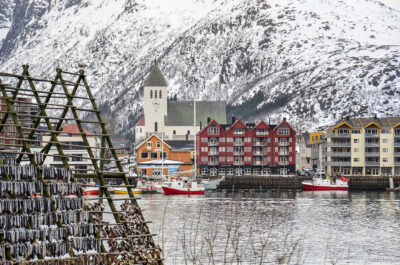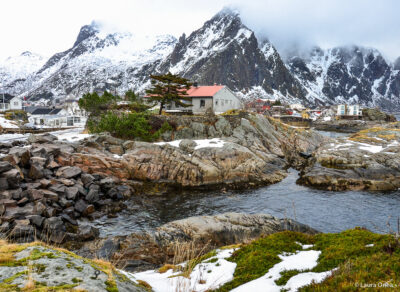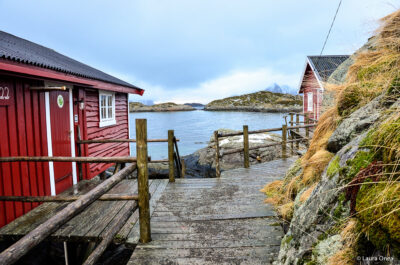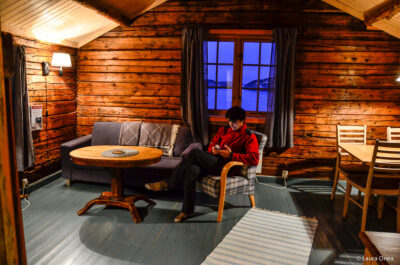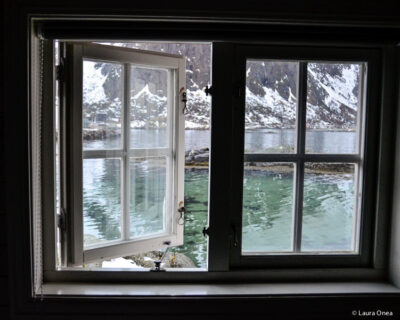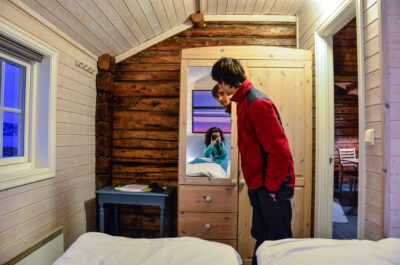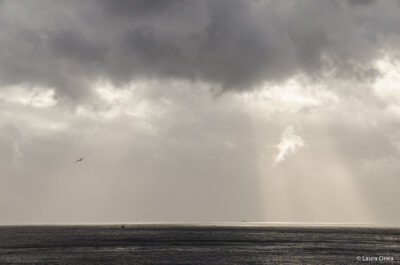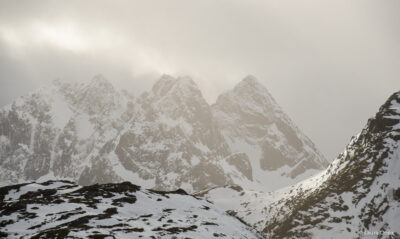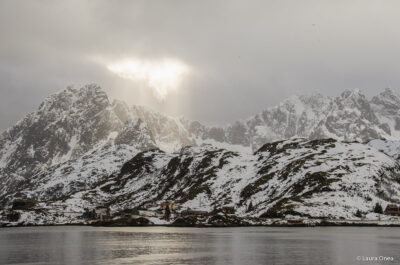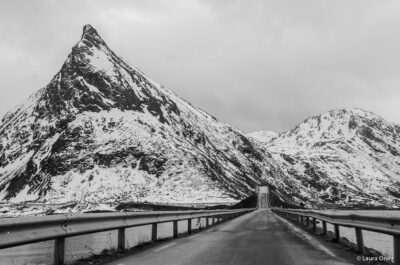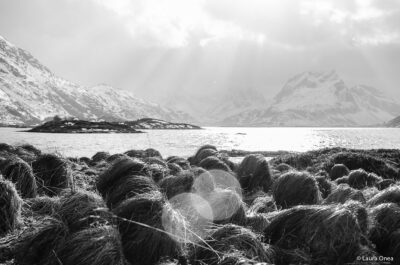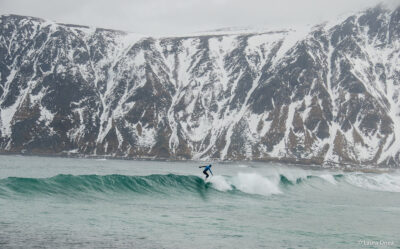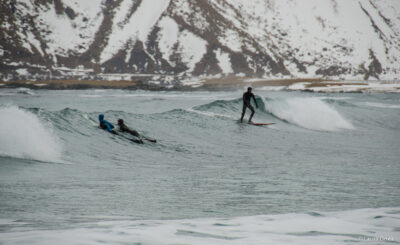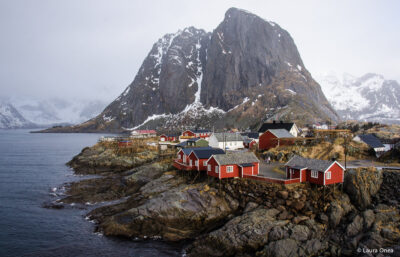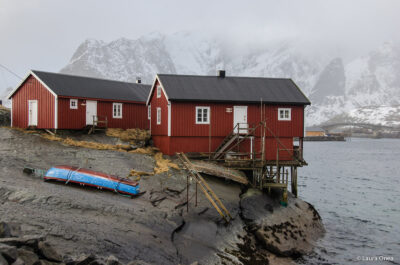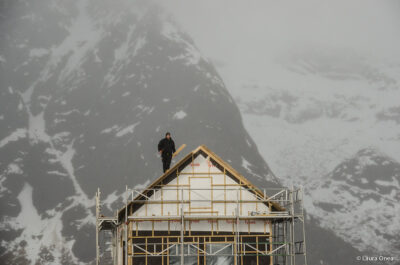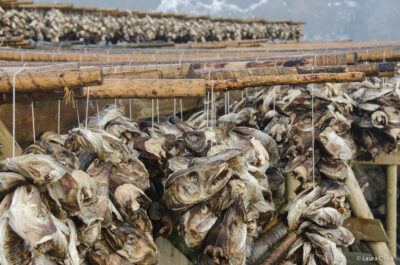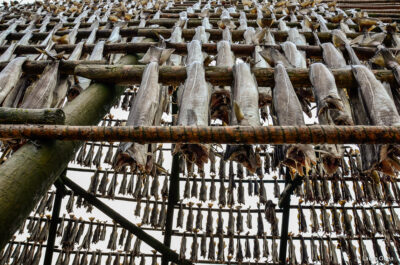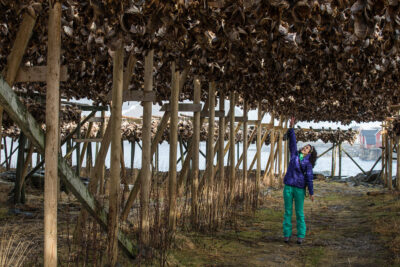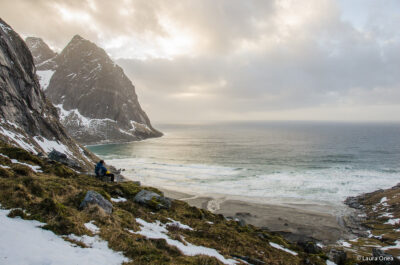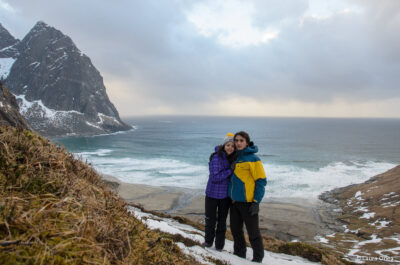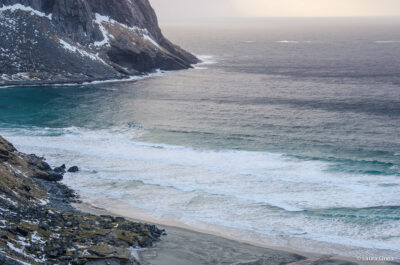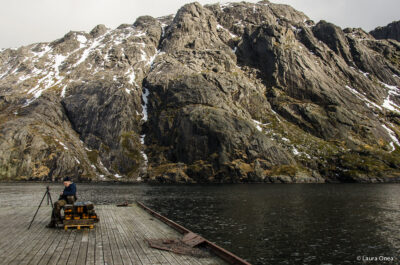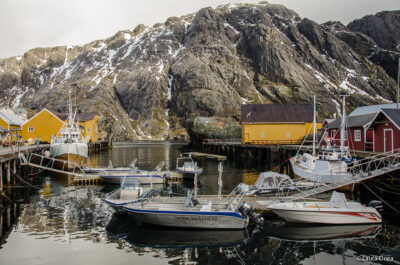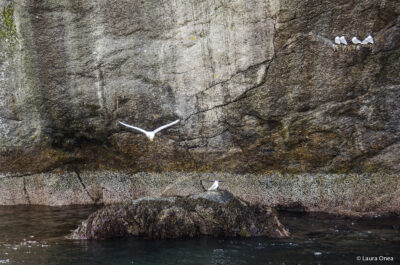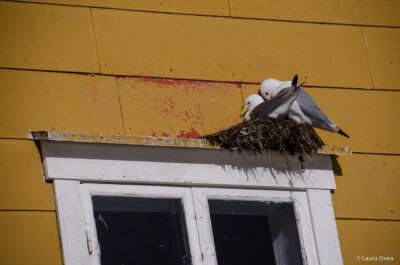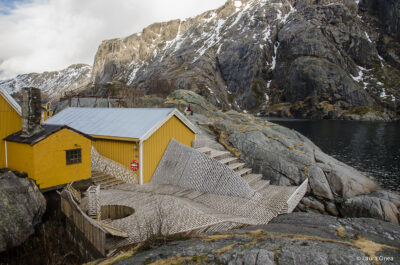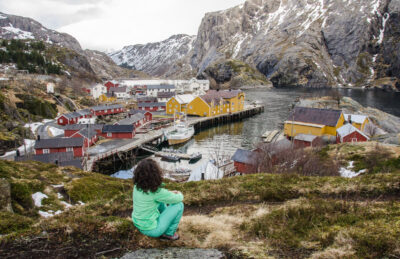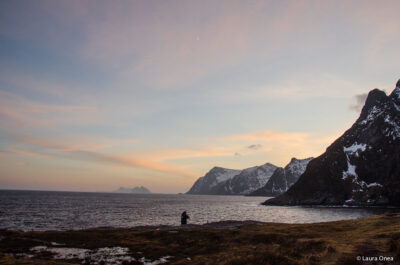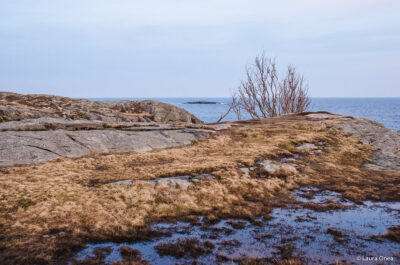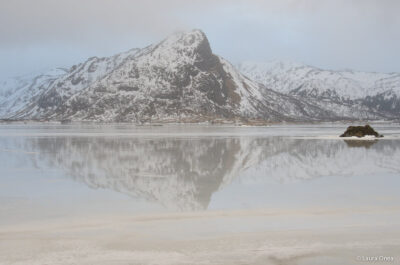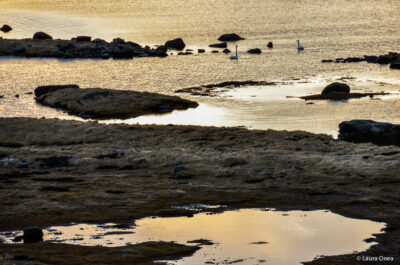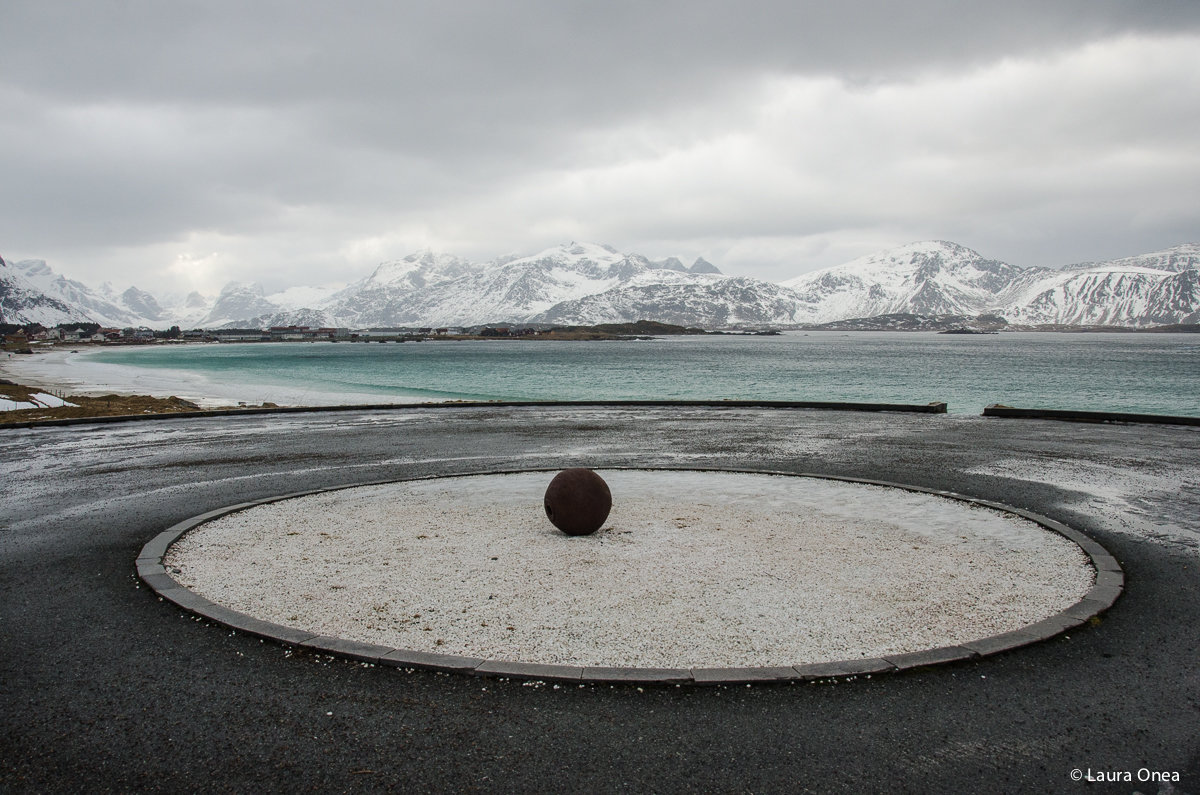
Updated on September 27, 2020
Lofoten
They say that the most profound and beautiful works of art come to surface from the inside of a troubled mind or a tormented soul.
…
The weather in Lofoten can be quite a pain in the ass during winter (yes, March is still middle of winter there). Rain is not uncommon in any of the seasons, but you can now add the stingy cold, stubborn winds, and no sign of blooming trees or green grass which could compensate for the bad weather. But I believe it is particularly this aspect that exercises your eye and imagination, it challenges you to look for the unseen, for those small worlds out there.
…
Work with what you have and don’t try to push away your suffering, don’t be angry with it, with you, just observe it, observe yourself, and unleash it, as it may turn into stars and butterflies.
We had been dreaming of the Norwegian archipelago since our last year’s trip to mainland Norway when we decided to exclude it from the plan to avoid being on the run and because I believed (and I still believe) Lofoten deserves special and full attention. And there we were landing on the almost ghostly airport in Evenes, where, on our way back to London, we experienced our first self check-in of the luggages. The whole process, I mean, from scanning our passports and tickets to weighing the luggage, attaching a stamp and making sure it’s good to move on the band. There was obviously no one at the drop-off counter, barely any passengers actually, which made me wonder if there was anyone at the security. :))
Back to our story. We rented a car and made our way towards Svolvær through complete darkness and an unwelcoming heavy rain. The only things we were able to see were the mountains’ silhouettes. Oh, well, and the road ahead, less when trucks were splashing all the the water into our windscreen, making it very difficult to have any visibility. As we were getting closer to the city, the silhouettes started to surround us. The towering rocks raising straight from the water, the fog that made it impossible to grasp how tall the mountains were and the infiniteness of the ocean built an almost scary image in my tired mind. But at the same time, this painting anticipated the beautiful landscape we were to witness in daylight.
And I was right. The next day began with a typical Norwegian room with a view, overlooking a string of red rorbu houses, a Norwegian type of seasonal houses used by fisherman in the past and recently converted into accommodation for tourists. The room where we had our breakfast buffet offered the same charming view, this time to the Svolvær port. We have changed 3 accommodations during our 5-day trip. They were all good at a reasonable price (you can save a lot of money if you travel as a small group and book a house with 4 to 8 beds), but the one I would highly recommend is Svinøya Rorbuer in Svolvær. The little (but very spacious) red houses are cosy, clean, quirky and well equipped. Not to mention the view and that sensation that you are living an authentic Lofotenian experience.
As we traveled into the heart of the archipelago, on our way to Reine, the landscape became overwhelmingly beautiful. The fog and clouds persisted but that didn’t keep us from gazing in awe at the surroundings and made us appreciate even more the almost divine ray of lights peaking from behind the clouds and putting on some subtle makeup on the mountain peaks. Perfect for black and white photos. 😀 Driving on the undulating bridges connecting small islands felt like riding a montagne russe. The highest point of the bridges even gave you some real adrenaline, as you could only anticipate and not actually see if there was a car coming from the opposite direction.
I don’t really know if this is a common activity or not (though I wouldn’t be surprised, given the thick skin of the Nordic people), but we were delighted to walk on a deserted beach and watch several surfers challenging the freezing water and temperatures, and trying to be one with the waves, some clumsily dancing on it.
The village of Reine, and actually the whole Moskenes area, is absolutely breathtaking. The well established fjords, the giant rocks mostly covered in snow, the red rorbu houses with their half side on the water, the vast valleys, they all make for a painting it will be difficult to forget. One of the most peculiar things on the island are the fish strings hanging all over the place. At first, the imagery may seem at least creepy, as people hang not only the fish bodies but also, separately, their heads. Oh, and the smell… you feel like it slowly but surely grows on you. But after a while you get used to it and you start realising what an interesting photographic subject the strings may turn into. It was definitely the most photographed subject on my camera. As we found out, the Norwegians use the cod tongues as a delicacy, while they give the head remains to animals. Moreover, children get less homework during winter only to be able to help with preparing the fish to be perched on the wooden pillars.
We were planning to do 2 or 3 hikes during the trip, but unfortunately the weather conditions, like heavy misleading snow coupled with unpredictable rain, didn’t allow us to be too adventurous in this respect. Nevertheless, we caught one longer window of sunny weather and did a 1.5 hours hike (each way) to the deserted Kvalvika beach, one of the few beaches in Lofoten you cannot reach by car, which makes it even more beautiful. As I said, the weather is quite unpredictable, so the hailstorm that enveloped us on our way back, was impossible to avoid.
The whole archipelago is worth seeing, but the one place that I liked the most was Nusfjord village, one of the oldest and best preserved fishing villages in Norway. Maybe the first thing that strikes is its isolated and wild location – you drive through a deserted valley at whose end you wouldn’t expect to find a colourful place surrounded by rocks. The village also has a small port in the middle and you will hear and see lots of noisy seagulls hovering above your head . It’s out of this world and it inflicts mixed feelings of solitude and freedom.
Also, don’t miss the spot where civilisation ends in Lofoten, the village Å. I can’t really say that the view is spectacular but you will get again that feeling of peacefulness, freedom and wanderlust, which is truly unique.
The only thing that some may find less tolerable, like we do, is eating there. There is rarely a supermarket and those that do exist are not very diverse in products. And the Nordics eat way too sweet, even the bread has sweet flavour, generally speaking! Same issue with restaurants or cafes. You won’t find too many available, especially if you don’t have a city close to your location, while their range of dishes is very basic. You would expect to eat a lot of fresh exquisitely cooked fish, but it is not quite the case. Most of the restaurants are either Italian or Asian and they tend to have a touristically fast foodie character, while the local ones generally serve 2 basic fish dishes plus a fish soup. But once in a while, you can bump into one that compensates for all the others, like the one from Svinøya Rorbuer in Svolvær. I am not really a desserts fan but the jasmine tea parfait was a total delight for your taste buds. The fish is also deliciously cooked there.
As one of the ladies we met during the trip told us, Lofoten is a pearl. During the winter and early ‘spring’ weather can be quite annoying, but it is also a good time to experience the quietness and peacefulness that is so typical of the archipelago. And you have strong chances (if the sky is not overwhelmed by clouds) to witness the sky dance in colours. We weren’t lucky this time, but we will surely come back. 🙂
